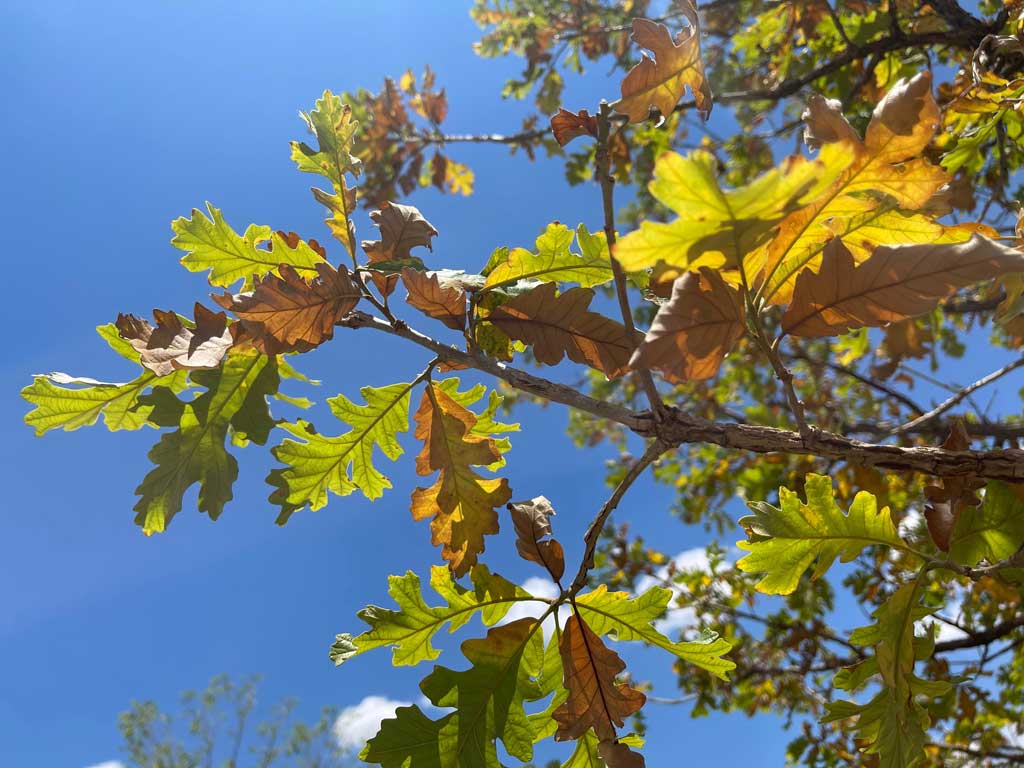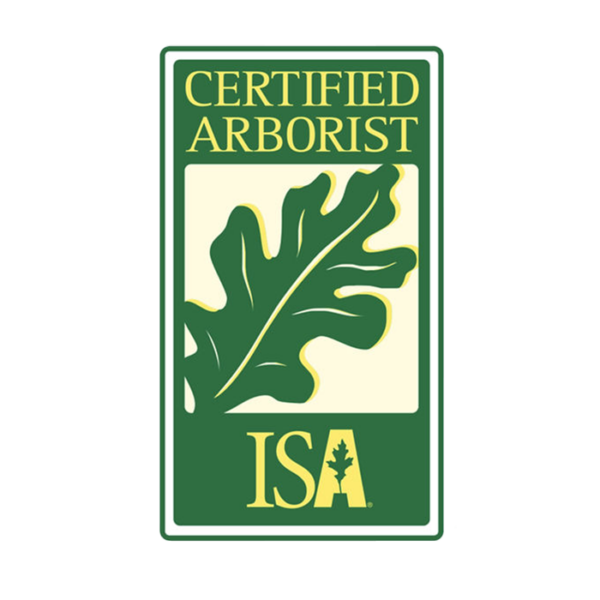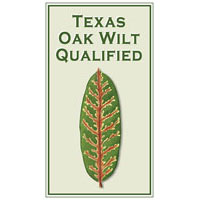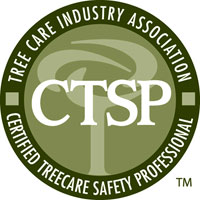With the arrival of warm weather, you can also count on the appearance of some widespread issues that may affect your trees this summer. One of the most prevalent problems we’re seeing are foliar diseases, which primarily impact the leaves of deciduous trees and interfere with the photosynthesis process. While this itself may not be enough to actually kill your trees, it can weaken them to the point where they’re more susceptible to other pests, and that could spell the end for your beautiful trees.
Anthracnose
This disease spreads itself through spores carried by the wind, so if you see signs of anthracnose on one tree, it could very well spread to others on your property. It is characterized by leaf blotches, defoliation, twig cankers, and leaf blight. It affects trees in many locations in the U.S., including Texas, and it primarily impacts sycamore, elm, dogwood, ash, oak, and maple trees. If your trees are de-foliated for several years in a row, they could be in serious jeopardy, and you should contact an ISA-certified arborist.
Fireblight
Fireblight primarily impacts species such as hawthorn, pyracantha, pear, and crabapple, and its symptoms include a wilting or blackening of leaves and blossoms. In addition, leaves will often appear scorched, and the stems will develop cankers. Depending on the specific tree species, fireblight generally appears through May and June.
Leaf spot disease
This is actually a relatively broad group of diseases that affect the foliage of trees, the symptoms of which are spots that appear on the leaves. Tubakia leaf spot, for instance, is a disease that impacts oak trees more than other species, and entomosporium leaf spot favors Indian Hawthorn shrubs and some species of fruit trees.
Weed-and-feed fertilizers
Summer is a typical time for people to apply weed-and-feed fertilizers to their lawns. Unfortunately, many homeowners don’t realize that these kinds of weed control herbicides are soil mobile and absorbed by the roots of broadleaf weeds – and potentially any trees planted in your yard. In most cases, the herbicide won’t be strong enough to kill off a healthy, established tree. Still, if tree roots absorb the active chemical, it will induce significant stress to the tree. To avoid this issue, spot-spray the weeds directly or hire a reputable lawn care service that understands the impact of herbicides on overall tree health. We never recommend the use of these types of weed-and-feed products in landscapes where trees are growing.
Contact Hildebrandt Tree Tech
If you spot any of these symptoms on your trees, contact our office to schedule a consultation to have your trees evaluated. We offer comprehensive plant health programs to keep your trees healthy for years to come.






